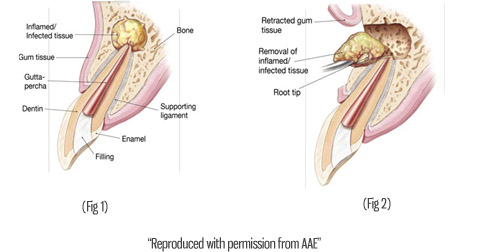
Breaking News
 Tucker and Col. Macgregor Warn How Neocons Are Exploiting the Drug Crisis to Drag America Into War
Tucker and Col. Macgregor Warn How Neocons Are Exploiting the Drug Crisis to Drag America Into War
 Where The World Eats The Most (And Least) Meat
Where The World Eats The Most (And Least) Meat
 The Baseboard Repair Method That Changes Everything!!!
The Baseboard Repair Method That Changes Everything!!!
 Hurricane Melissa intensified Wednesday night; The Cat. 2 storm is accelerating toward Bermuda
Hurricane Melissa intensified Wednesday night; The Cat. 2 storm is accelerating toward Bermuda
Top Tech News
 Graphene Dream Becomes a Reality as Miracle Material Enters Production for Better Chips, Batteries
Graphene Dream Becomes a Reality as Miracle Material Enters Production for Better Chips, Batteries
 Virtual Fencing May Allow Thousands More Cattle to Be Ranched on Land Rather Than in Barns
Virtual Fencing May Allow Thousands More Cattle to Be Ranched on Land Rather Than in Barns
 Prominent Personalities Sign Letter Seeking Ban On 'Development Of Superintelligence'
Prominent Personalities Sign Letter Seeking Ban On 'Development Of Superintelligence'
 Why 'Mirror Life' Is Causing Some Genetic Scientists To Freak Out
Why 'Mirror Life' Is Causing Some Genetic Scientists To Freak Out
 Retina e-paper promises screens 'visually indistinguishable from reality'
Retina e-paper promises screens 'visually indistinguishable from reality'
 Scientists baffled as interstellar visitor appears to reverse thrust before vanishing behind the sun
Scientists baffled as interstellar visitor appears to reverse thrust before vanishing behind the sun
 Future of Satellite of Direct to Cellphone
Future of Satellite of Direct to Cellphone
 Amazon goes nuclear with new modular reactor plant
Amazon goes nuclear with new modular reactor plant
 China Is Making 800-Mile EV Batteries. Here's Why America Can't Have Them
China Is Making 800-Mile EV Batteries. Here's Why America Can't Have Them
The End Of Root Canals?

What if damaged teeth could heal themselves? That's the inspiration behind a new project from Harvard and the University of Nottingham to create stem cell stimulating fillings.
Dentists treat hundreds of millions of cavities each year by drilling out the decay and putting in a filling.
But 10 to 15 percent of those fillings fail, says Adam Celiz, a therapeutic biomaterials researcher from University of Nottingham. And that leads to millions of root canals to remove the tooth's pulp, the soft tissue in the center of the tooth that contains the blood vessels, nerves, and connective tissue. A root canal can weaken the tooth, which may eventually need to be pulled.
Celiz and his fellow researchers have developed a new kind of filling made from synthetic biomaterial that can stimulate the growth of stem cells in the pulp of the tooth. Just like regular fillings, the biomaterial is injected into the tooth and hardened with UV light.

 China Innovates: Transforming Sand into Paper
China Innovates: Transforming Sand into Paper

